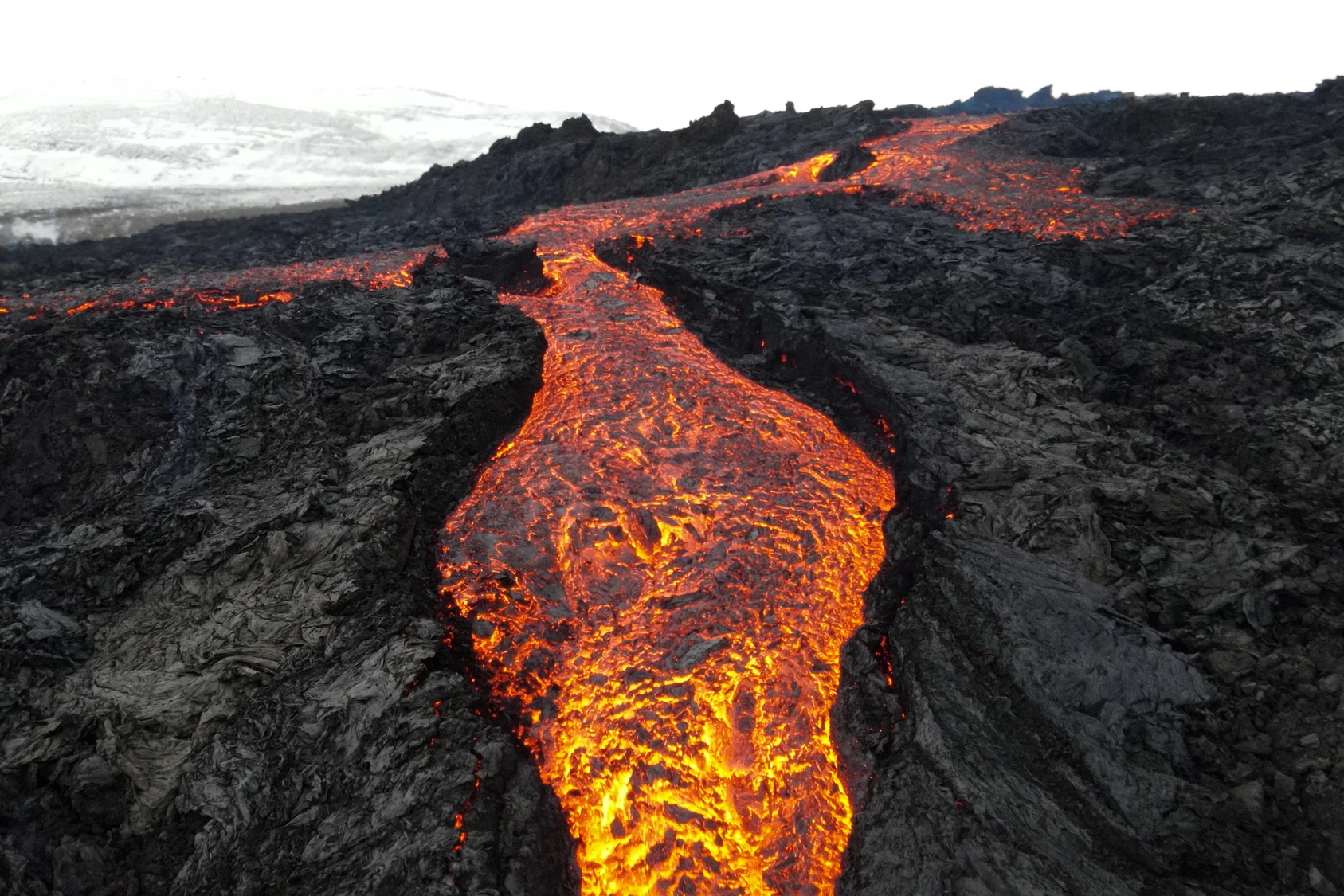Researchers have examined tiny time capsules found in the oldest-known crystals in an attempt to settle a question that divides scientists: when did Earth’s tectonic plates begin to move?
Plate tectonics is a scientific theory explaining how major landforms are created from Earth’s subterranean movements. Recent discoveries show that plate tectonics was critical to creating the habitable Earth we live on and that it’s contributed to our unique, life-protecting atmosphere and incredibly stable Goldilocks-like temperature; not too hot, not too cold.
The continents were formed by plate tectonics which, in turn, led to the creation of coastlines and the motion of tides. The process of plates colliding – with one going under another (subduction) – has resulted in oceans teeming with complex life. And when subduction occurs, magma is generated, creating volcanoes. Tectonic plate activity could even be occurring on other planets.
But scientists are divided on when active plate tectonics started. Some say it was about 3 billion years ago; others say it was 1 billion years ago or less.
Researchers from the University of Rochester in New York State have delved deeper into plate tectonics to determine whether the phenomenon was occurring at the time life began on Earth.
“The dynamic tectonic nature of the modern Earth is one of the reasons why life exists today,” said Wriju Chowdhury, lead author of the study. “Exploring the geodynamics and the lithological diversity of the early Earth could lead to revelations of how life first began on our planet.”
Researchers looked at information hidden in small Hadean zircon crystals from the Jack Hills, a range of hills in Mid West Western Australia. Hadean zircons, the oldest-surviving crustal material from Earth’s Hadean eon, were formed about 4.39 billion years ago. They are tiny time capsules, the best-known source of the oldest material of terrestrial origin found to date.
Earth is the only planet we know of whose mobile upper crust is regularly destroyed and created, delivering crucial elements like iron and magnesium from its interior to its surface. Plate tectonics melts and mixes rocks to create magmas with specific chemical compositions, which can indicate the type of tectonics that created it.
The researchers first dated the zircon crystals and then worked backwards to determine the chemical makeup of the magmas from which the crystals were created (the parent magmas). In this study, the crystals were around 3.8 to 4.2 billion years old. It’s the first time that researchers have factored in parent magmas.
“Parent magmas are much more direct and reliable because they are closer to the source – the actual tectonic style,” Chowdhury said. “Our study describes the silicon and oxygen isotopic content of the zircons and the trace element content of the parental magmas, which has not been combined and presented before.”
The researchers found chemical similarities between early Earth magmas and modern magmas created by active tectonic plates in Alaska, Japan and the Andes Mountains, providing a comparison between then and now.
“This suggests tectonic continuity from the ancient to modern times,” said Dustin Trail, co-author of the study. “That is, our study shows the Earth, billions of years ago, might have operated similarly as it does today.”
The study’s findings couldn’t determine whether life existed when plate tectonics began but, the researchers say, their data provide chemical evidence that plate tectonics could have occurred more than 4.2 billion years ago, which may go some way to settling the argument.
Nonetheless, given plate tectonics's crucial role in shaping and sustaining life on Earth, the study's data could be important for our search for habitable exoplanets.
The study was published in the journal Nature Communications.
Source: University of Rochester





